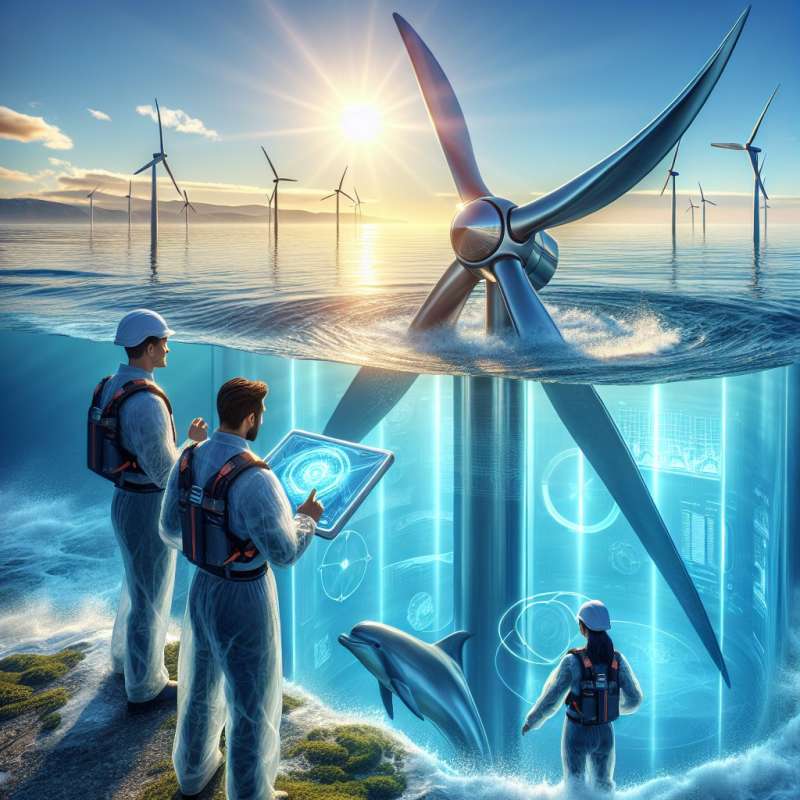
Understanding Tidal Energy
Tidal energy is renewable power derived from the natural rise and fall of ocean tides. This predictable movement, influenced by lunar gravity, provides an almost constant energy source, unlike solar and wind variability.
Tidal Power Mechanisms
Tidal energy can be harnessed through tidal stream generators or tidal barrages. Stream generators capture energy from fast-flowing tidal currents, while barrages utilize potential energy from differences in high and low tides.
Tidal Energy Advantages
Its predictability outshines other renewables, offering a steady power supply. Plus, tidal energy produces no greenhouse gases during operation, contributing significantly to sustainable development and climate change mitigation.
Challenges of Tidal Power
Tidal energy's high upfront costs, environmental impacts on marine ecosystems, and limited suitable sites pose significant challenges to its widespread adoption and development.
Innovative Tidal Technologies
Emerging tidal technologies aim to mitigate environmental concerns. New designs, like dynamic tidal power and floating turbines, promise increased efficiency and lower ecological footprints.
Global Tidal Installations
Notable tidal power stations operate in France, South Korea, and Canada. The Sihwa Lake Tidal Power Station in South Korea is currently the largest, harnessing a capacity of 254 MW.
Tidal Energy's Future
Future advancements may lead to more cost-effective and environmentally friendly tidal solutions. With careful planning and continued innovation, tidal energy could play a critical role in global renewable energy strategies.
What influences tidal energy patterns?
Solar gravity impact
Lunar gravitational pull
Earth's magnetic field
Company